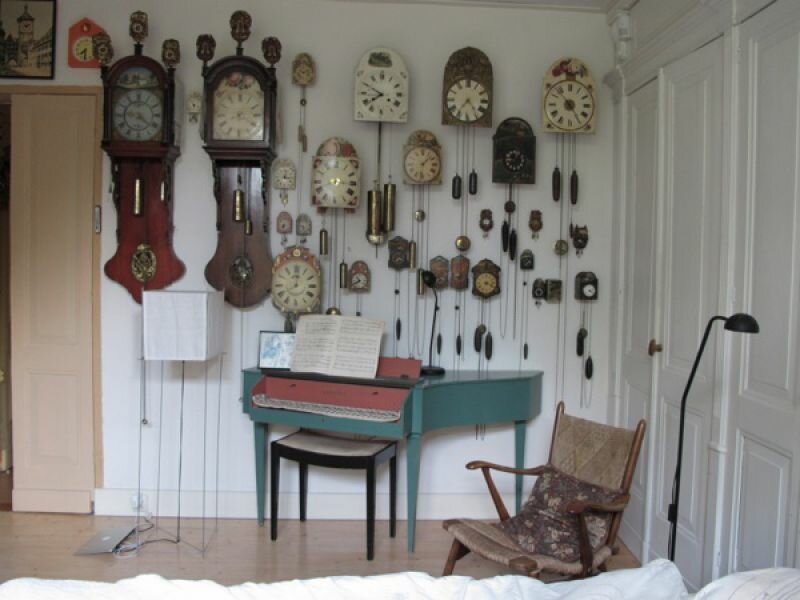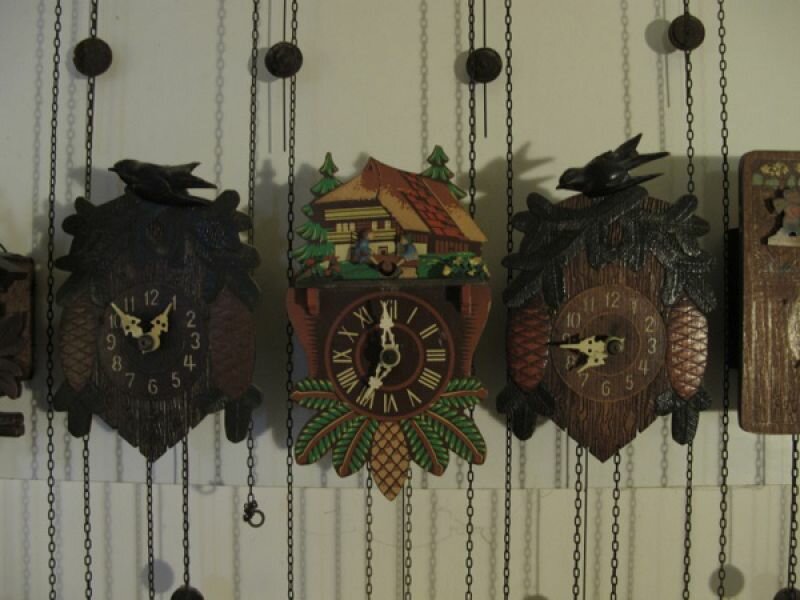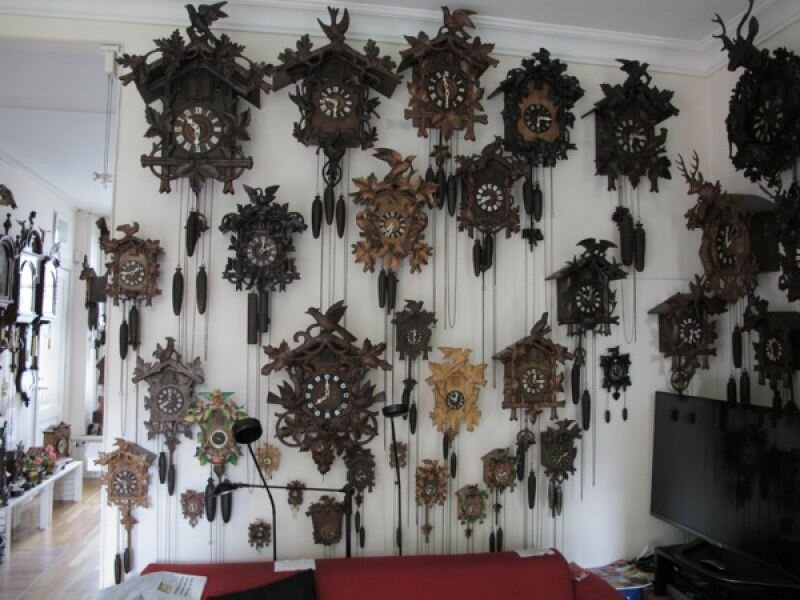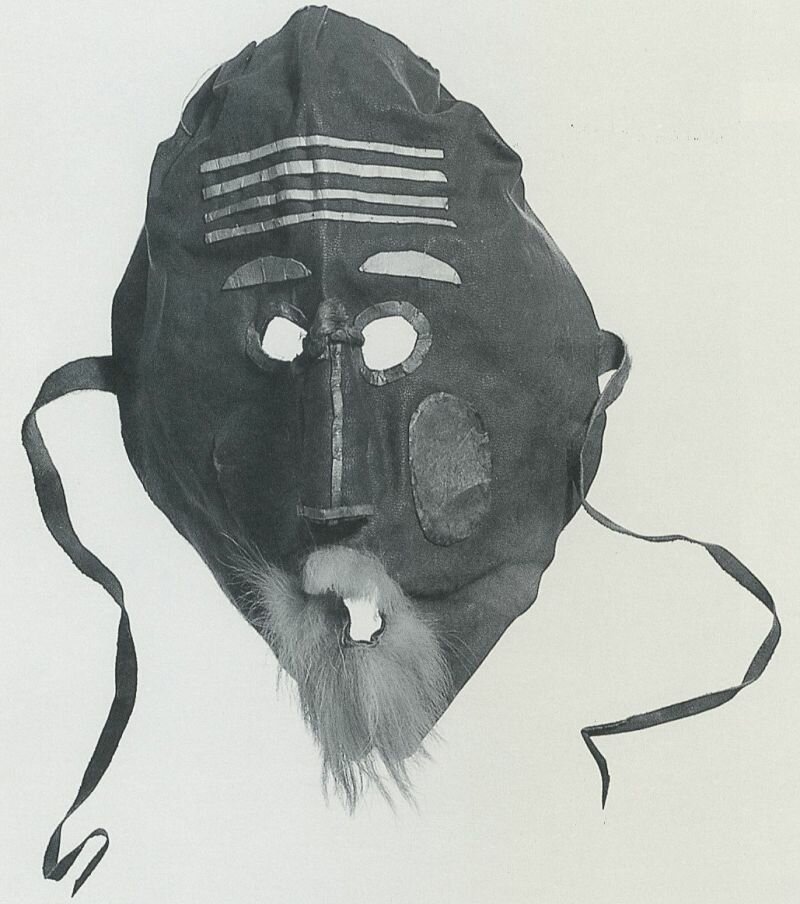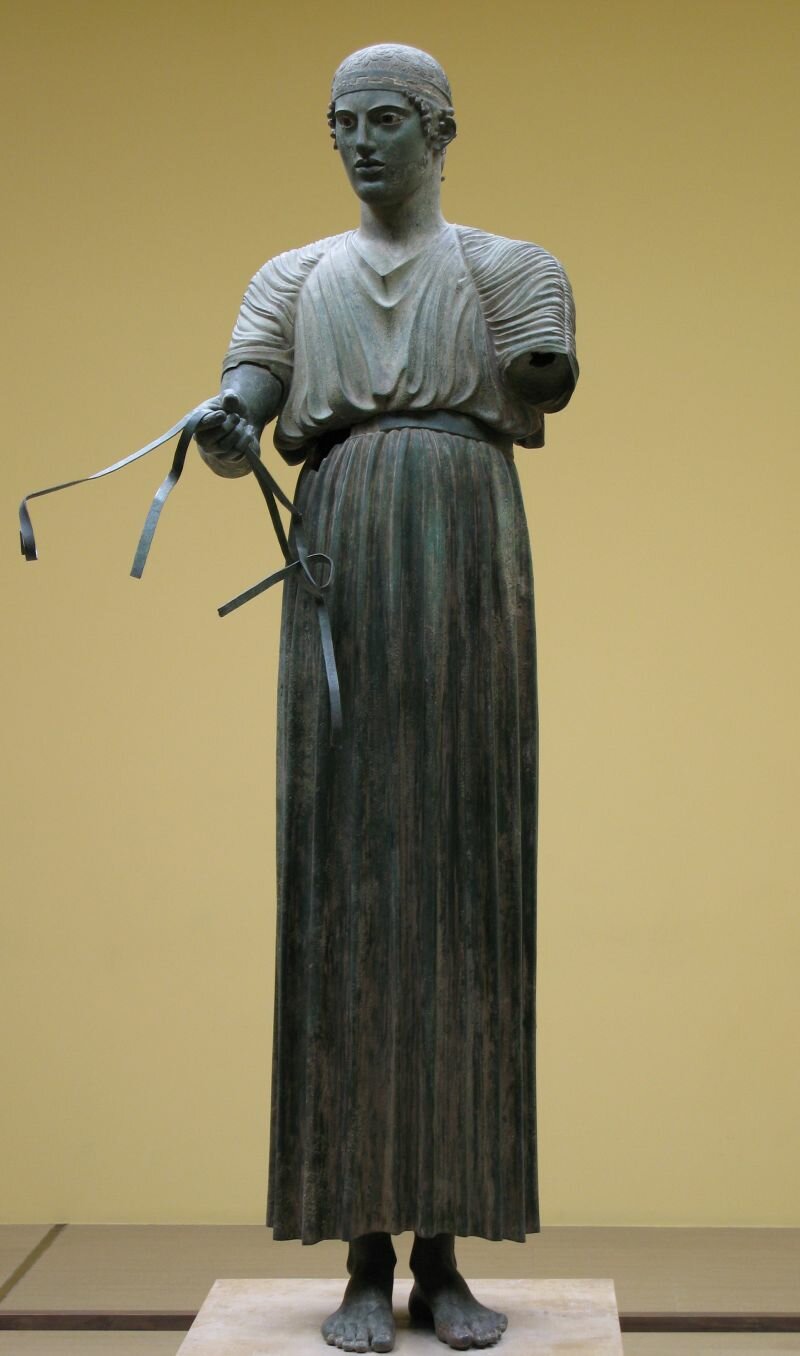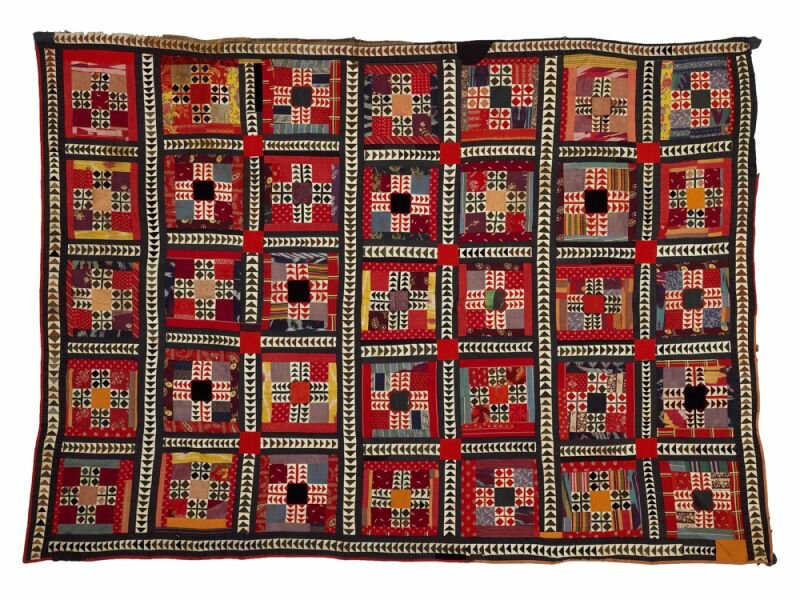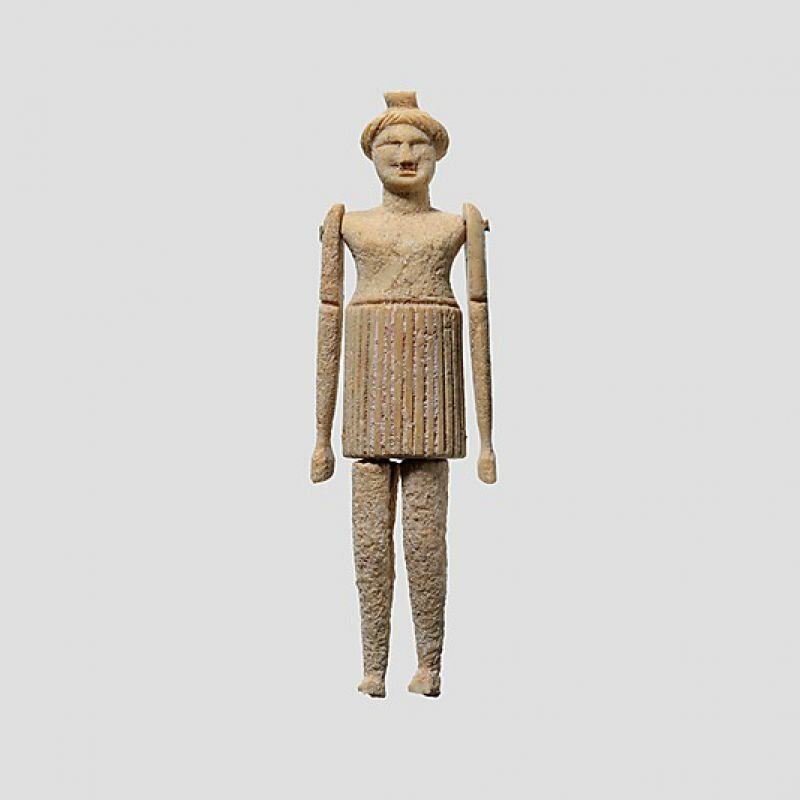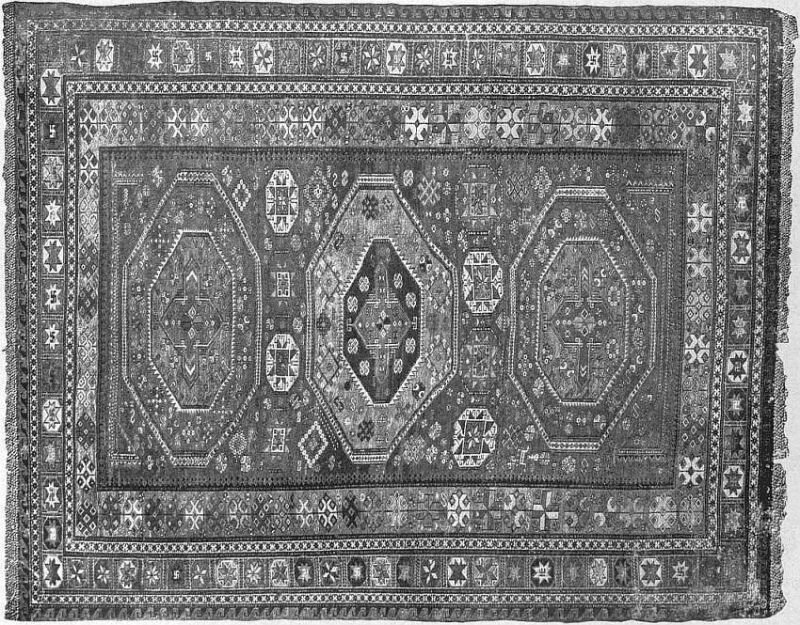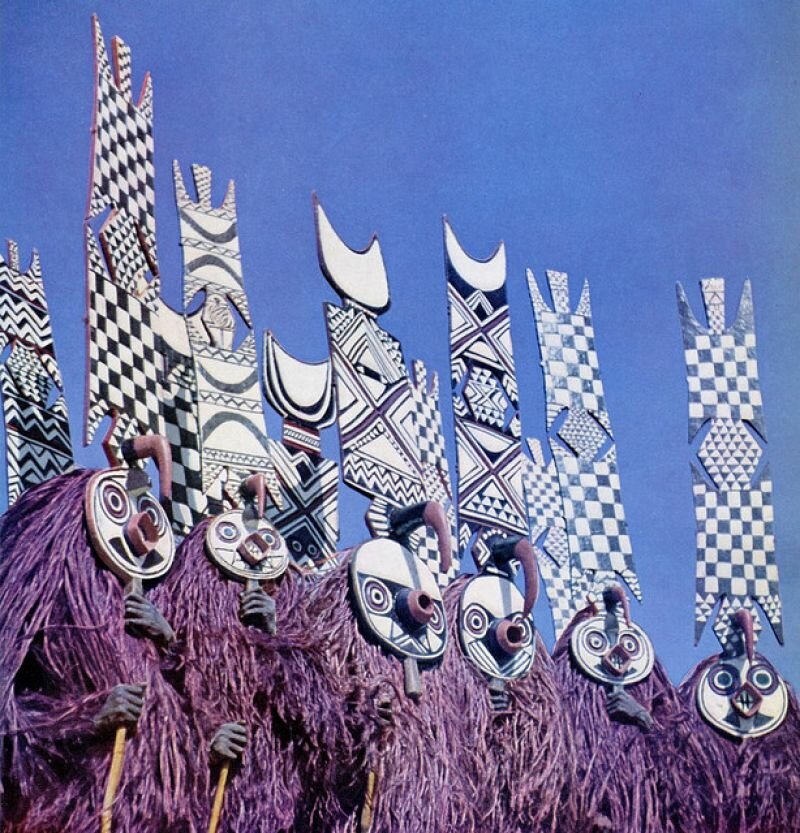
Nearly everyone knows them: cuckoo clocks. That miniature house fastened to the wall, heavily decorated with leaves, birds, or other animals. Two iron weights, usually in the shape of pineapples, dangle beneath, and its wooden pendulum is most often covered in a leaf.
Children were – and are – especially fond of them. Time and time again, the little bird peeks out from behind the door to announce the time of day with its call, all the while opening and closing his beak, rocking to and fro, and sometimes even flapping his wings.
Although at one time the clocks were extremely fashionable, they gradually waned in popularity. They were generally considered increasingly kitsch and owning one became ‘not done’. The pinnacles of chic were the clocks from the Dutch areas of Friesland and the Zaan region, or otherwise the comptoises from France. In many cases, the cuckoo clock was exiled to the corridor, often ending up in the attic, and from there on, not seldom, into the rubbish bin!

But why kitsch? Even I have to admit that there are some very ugly specimens out there. The woodcarvings have become gradually less refined and the garish use of colours has become increasingly common. To my sentiment, the word ‘ugly’ is highly applicable in these cases. But to refer to them as kitsch? No.
When I think of kitsch, I think of all the so-called ‘old Dutch’ style Frisian and Zaanse clocks that have been widespread since the fifties and now ‘decorate’ the walls of elderly care homes in great numbers. These clocks can be classified as kitsch because they’re made up of parts from all over: with their multiplex or particleboard housing, their mechanics straight from the Black Forest, and their cast copper decorative elements emblazoned with the text: ‘Nu elck sijn sin’.
There is such a thing as an authentic Zaanse clock, but these are more than half a meter tall, its heavy pear shaped weight must be lifted twice a day, and it will set you back around ten thousand Euros. But then you’ll be the owner of a sample built in the 18th century!
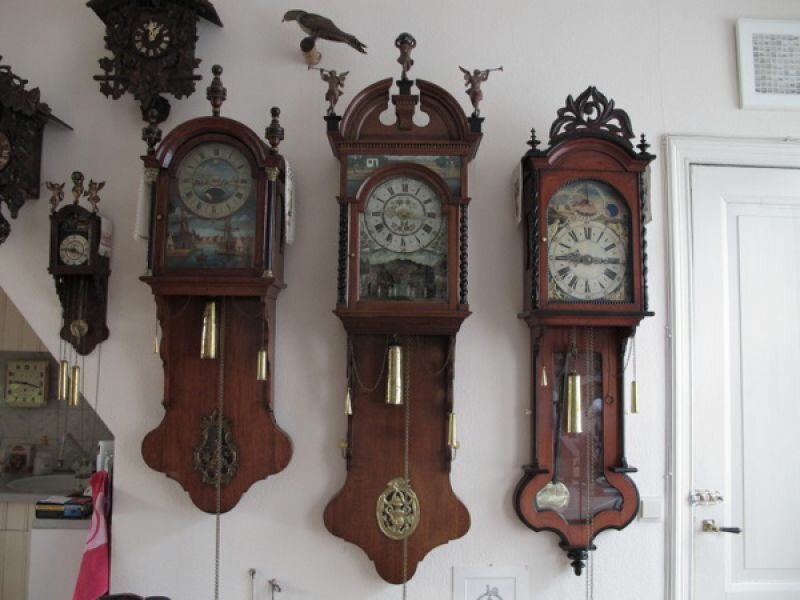
Nowadays, most ‘experts’ assume that the cuckoo clock was ‘invented’ around 1730 by Franz Anton Ketterer in Schönwald in the Black Forest. Occasionally, the existing types of clocks of the period were fitted with two ‘organ pipes’ that held two small built-in bellows. Every half hour, a mechanism lifted these bellows in turn and since they differed in pitch the ‘cuckoo clock’ was born.
The famous house shaped cuckoo clock was not conceived until much later in around 1860. These clocks were modelled after the signal houses that had become a recent fixture along the railways crossing through the Black Forest, hence their nickname ‘Bahnhäusle’ among the inner circles. Although these early examples already were covered in woodcarvings, they were still relatively sober in execution. Increasing prosperity around the 1880s meant a boom in the variety in design and size. Some clocks were even provided with a second bird:the quail. He pops out every fifteen minutes and each hour he’ll chirp the time in the number displayed by the hour hands. Quite a few of the clocks are equipped with chimes. After the cuckoo’s call, a melody will play, like ‘Edelweiss’ or ‘Der fröhliche Wanderer’ or a snippet from Mozart’s ‘Eine kleine Nachtmusik’ to name a few examples.
Since the beginning of its inception, the cuckoo clock has kept up with each style of furniture: ‘Biedermeier cuckoo clocks’, extraordinary Jugendstil examples, clocks in Art Deco style, but also ‘modern’ sixties and seventies versions.
Nowadays, the clocks are often fitted with battery-operated mechanics, ‘decorative’ weights and ditto pendulum. The realistic sound of a chirping cuckoo is programmed onto a chip and played through a speaker in the clock. With this clock in mind, I can sympathise with those referring to the cuckoo clock as kitsch. But the cuckoo’s call has yet to be relinquished and, still, some half a million clocks are manufactured in their ‘place of birth’: the Schwarzwald in the south of Germany. And not, like many believe, in Switzerland or Austria!
